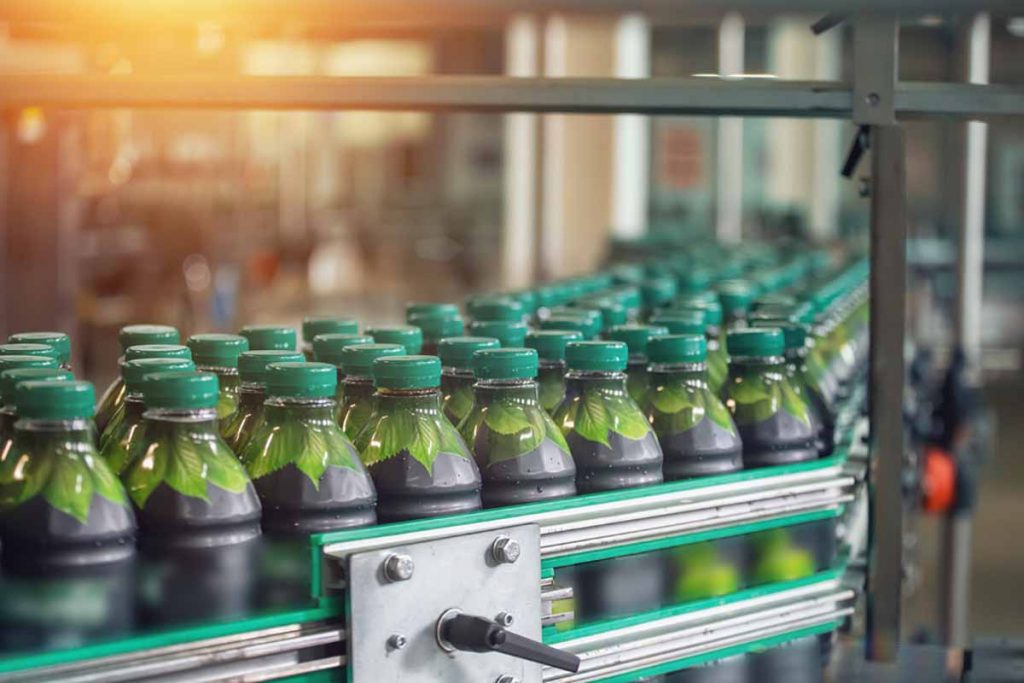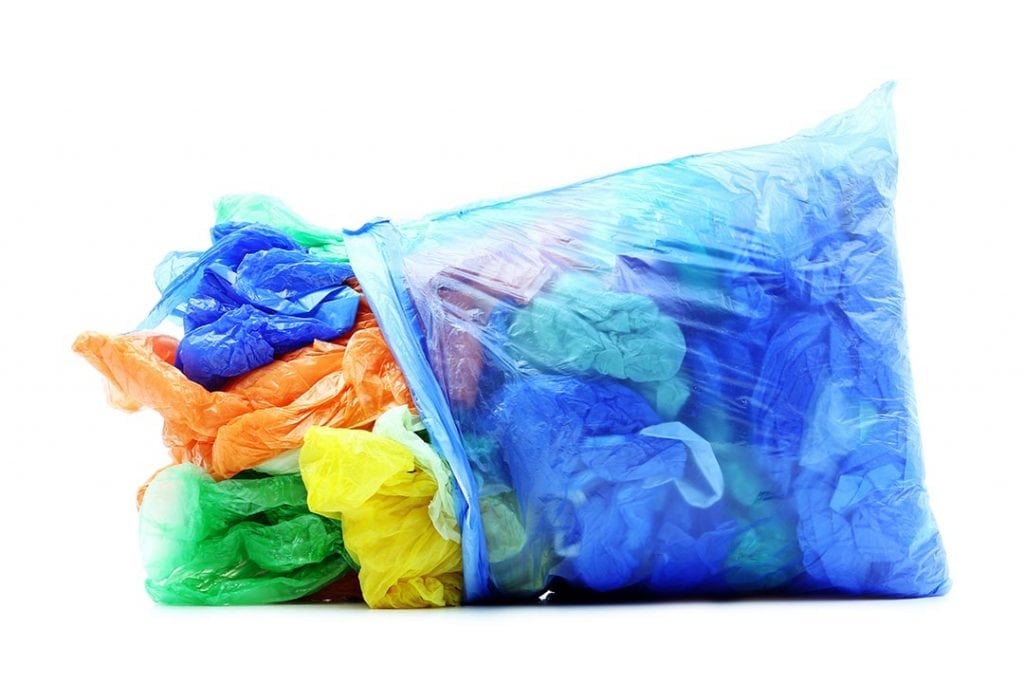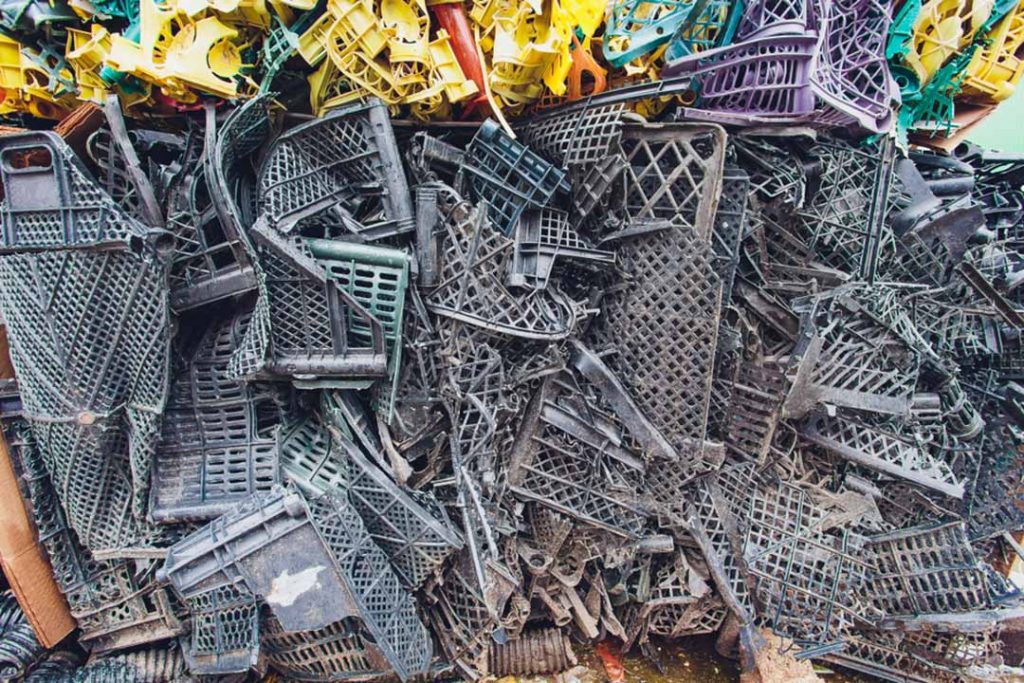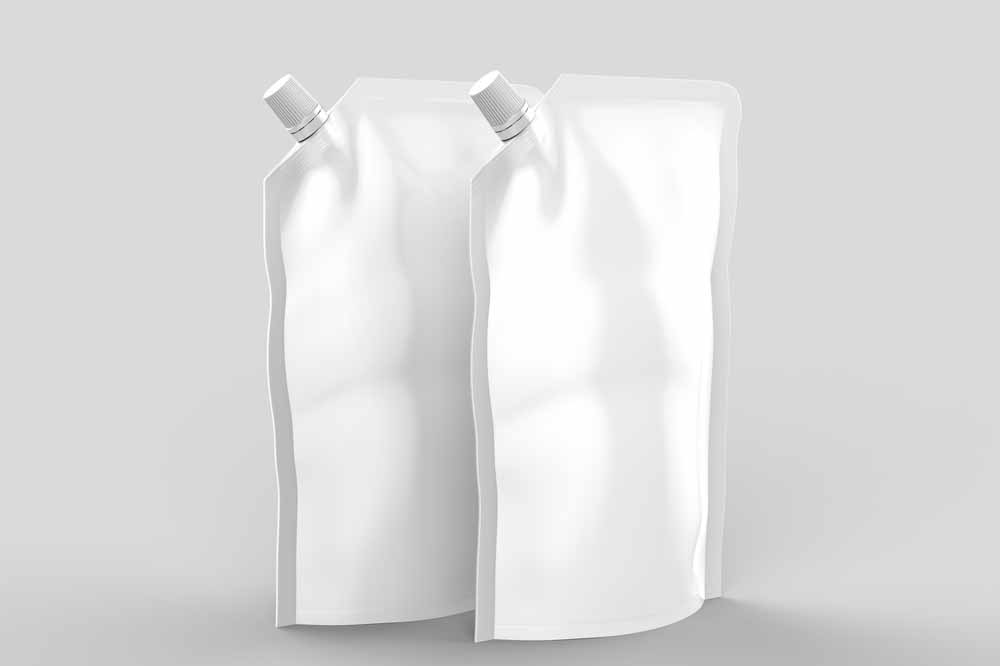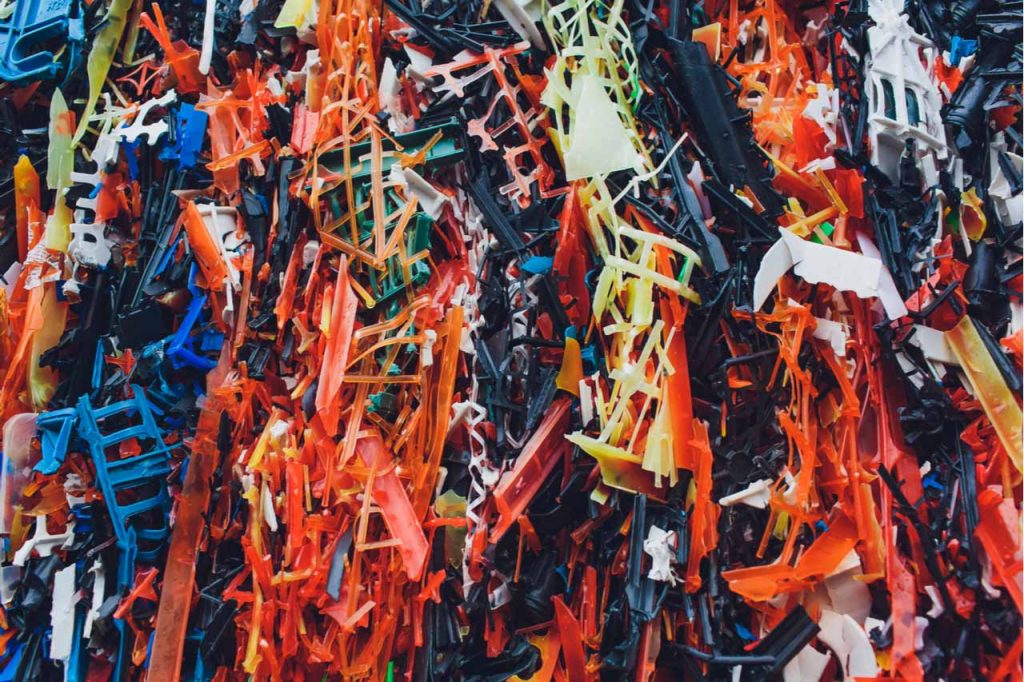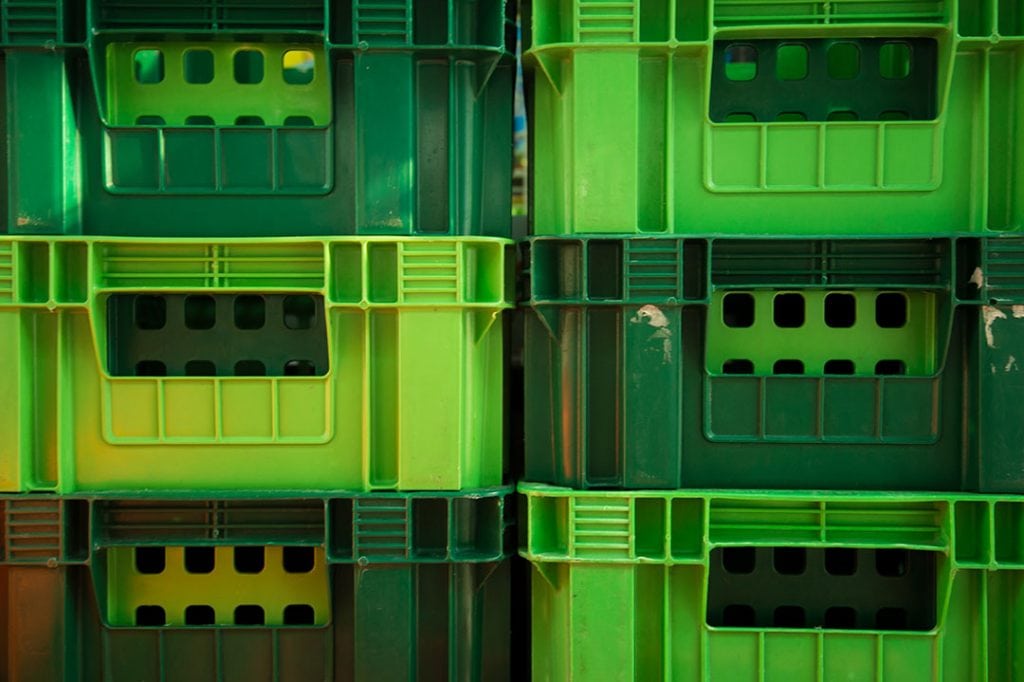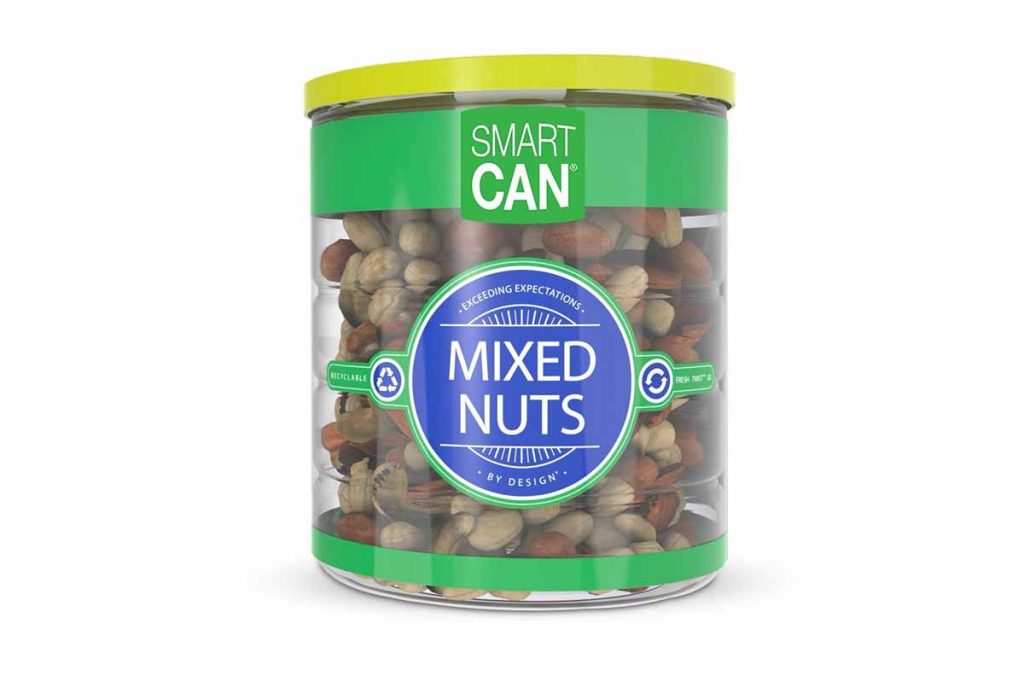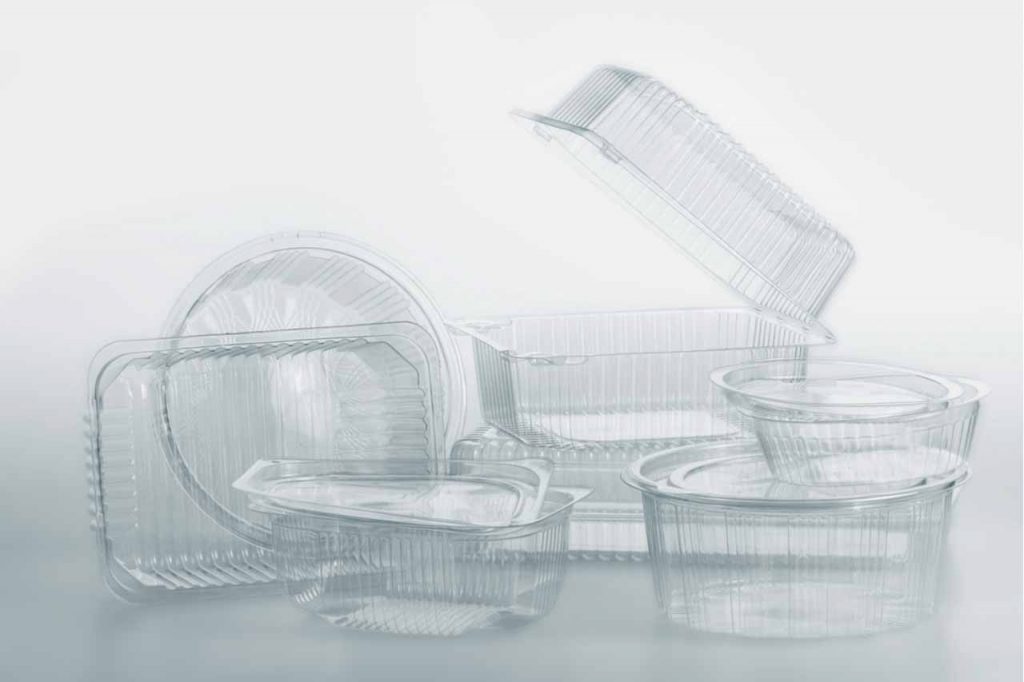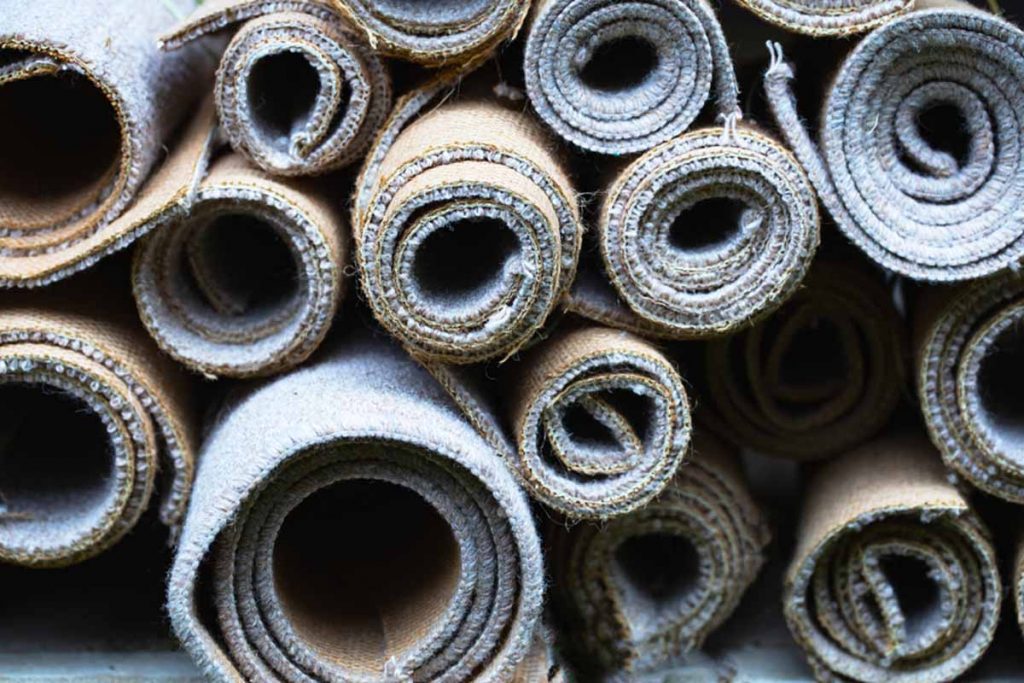
During the second quarter of 2020, CARE held the recycling rate steady at 19.8% in California. | optimarc/Shutterstock
California’s carpet recycling program achieved a substantial increase in the recycling rate last year, but the number still fell short of a target in state law.


